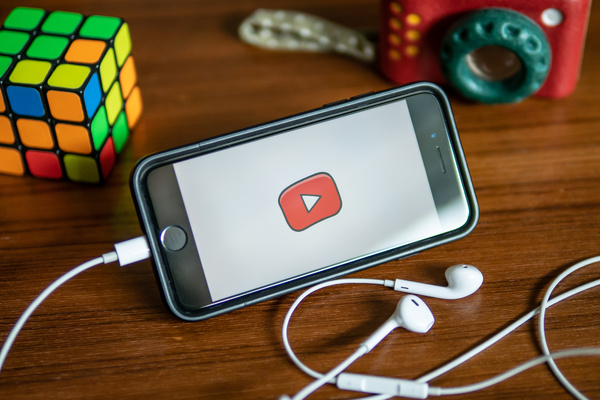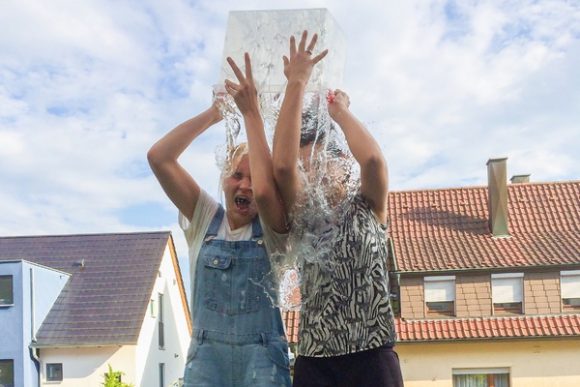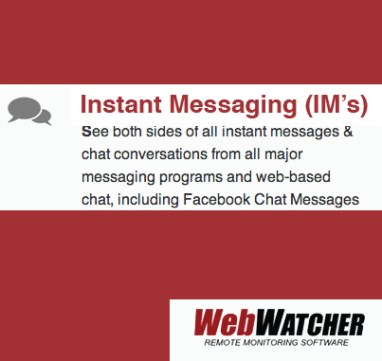Highlights
- There’s more than one type of social media challenge.
- Some social media challenges are great ways to raise money for charity, but others aren’t as innocent.
- Parents should do research to understand the social media challenges circulating on the internet.
- Talking to your kids about social media challenges can help them make better decisions about what to participate in.
- Look out for peer pressure to be sure no one is pressuring your kids to participate in a potentially harmful challenge.
Remember the Ice Bucket Challenge? You probably do; it was popular and reached a lot of people, raising awareness for its cause, amyotrophic lateral sclerosis (ALS). Getting a bucket of ice water dumped on you sounds uncomfortable, but in most cases it’s harmless.
But some challenges aren’t so innocent. You may also have heard of the cinnamon challenge, which involves kids trying to ingest a spoonful of cinnamon without water, and the Tide Pod challenge, which involved biting into the brightly colored laundry detergent pods.
You may be able to see the difference between a harmless challenge performed for charity and a potentially harmful stunt performed for no real reason other than internet clout. But it’s possible that your kids will just see the “stunt” aspect and may not so easily differentiate between what’s OK and what isn’t.
How can you help them to make good decisions about social media challenges? Check out what you need to know about internet challenges and how to help your kids evaluate them.
Types of Challenges
Challenges for Charity
The Ice Bucket Challenge is well-known but also somewhat old news at this point. However, charitable challenges are still popular.
Think of #NoMakeUpSelfie, which consisted of posting no-makeup pictures with the hashtag and making donations to cancer research, or #WithoutShoes, where people filmed themselves going about their daily routines without shoes in order to increase shoe donations for impoverished children.
The defining characteristic of a charity-based challenge is that it raises money, donations, volunteers, or awareness for a cause. These challenges should be generally safe. That’s not a guarantee that someone won’t take it too far or make a harmful mistake, but it should be difficult to injure yourself or someone else doing one of these challenges.
And charity challenges are often spread, endorsed, and performed by people who are well-known: celebrities, politicians, organization spokespeople, and the like. It’s usually not just teenagers.
Harmless, Just-for-Fun Challenges

The harmless, just-for-fun challenge may not raise awareness or help anybody, but it doesn’t hurt either. Examples of harmless challenges include the whisper challenge, which involves saying something to a person who is wearing headphones playing loud music. The headphone-wearer tries to read the other person’s lips and repeat the words they said (with the expectation of hilarious misunderstandings).
Another example is the mannequin challenge, which means simply freezing in a pose in public (like a mannequin) while someone records.
Anyone can popularize a harmless challenge. Celebrities sometimes participate — Michelle Obama and Adele have done mannequin challenges, for example — or the stunt may go viral simply by ordinary people doing and sharing it.
Depending on your viewpoint, this type of challenge may seem fun, silly, or even a waste of time, but it should be something that is unlikely to hurt the person doing the challenge, the person filming the challenge, the people around when the challenge is happening, or the people watching the challenge.
Harmful or Frightening Challenges
Finally, there are the kinds of challenges that are scary and dangerous, and the ones that parents often think of when they think of internet challenges. Biting into Tide Pods and inhaling cinnamon are examples of these. Another recent stunt involved dropping coins onto exposed plugs partially stuck into outlets in order to cause sparks.
These types of challenges may or may not be endorsed by popular internet figures — prankster YouTubers, for example — but rarely by mainstream celebrities. Often, they simply spread among teens, sometimes only in one geographical area. And while some are serious threats, some are overblown and later totally or partially debunked, like the Momo challenge.
Three Things Parents Can Do to Guide Kids through Evaluating Social Challenges

1. Do your research. It’s important to be aware that there are different types of challenges, because banning your child from participating in any internet challenges isn’t the best solution. It’s important to know what is and isn’t OK for your child to participate in.
Some challenges may seem scary at first but turn out to be harmless, while others may look harmless at first but turn out to be dangerous. So don’t go by first impressions — dig deeper.
See where the challenge is being spread and who’s participating in it or endorsing it. Look for articles written about the challenge – not from shock publications or one-sided blogs, but from reputable news organizations, either local or larger, depending on how widespread the challenge is.
2. Talk to your kids. Most parents aren’t able to do deep research on every challenge that comes along. But it’s important that your children know you’re paying attention. Let them see you doing the research, and talk to them about how you’re going about it.
You want your child to talk their decisions over with you, of course. But suppose one comes along that they don’t discuss with you? You at least want them to know where to look for good information, what information to look for, and how to make a good decision.
As they get older, they’ll likely make these decisions without your input, but if you establish a habit of talking them over now and show them how you make these decisions, they will learn the evaluation skills they need to do this themselves.
3. Know what your kids are up to online. You can’t know everything that your kids are doing online. But you can ask questions and let them know that you’re paying attention to their online habits.
You’ll also want to be on the lookout for peer pressure. Even kids who tend to make good decisions can be pressured into making a bad one. A parent who knows when that kind of pressure is happening can give their child the tools to stand up against it.
Parental monitoring software like WebWatcher can give you the tools you need to stay to help your child make good digital decisions. To find out more, get our free trial.





